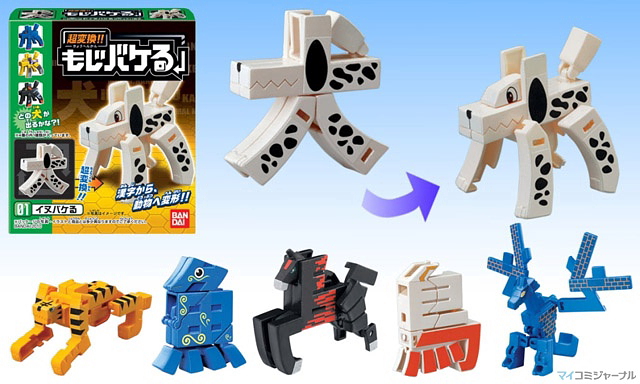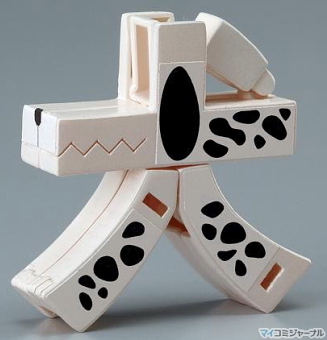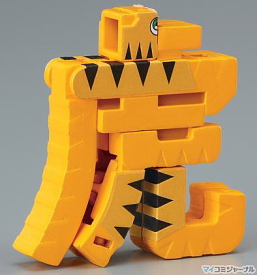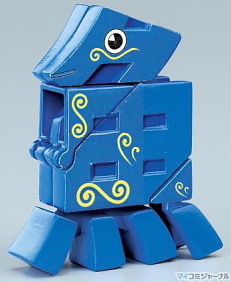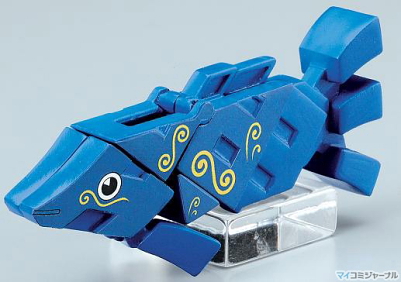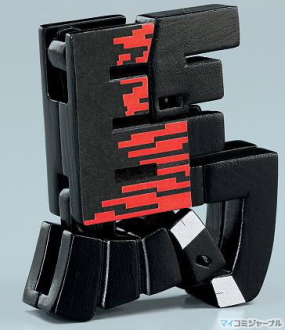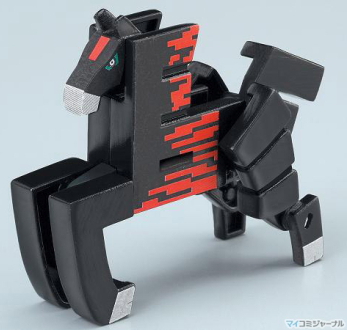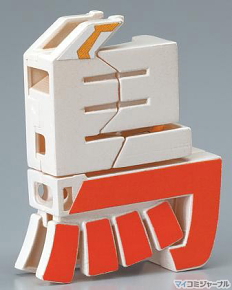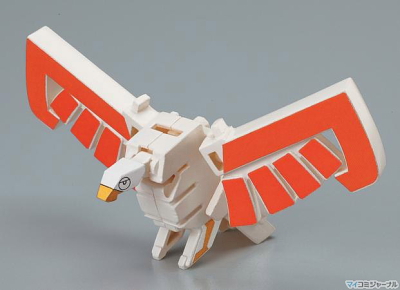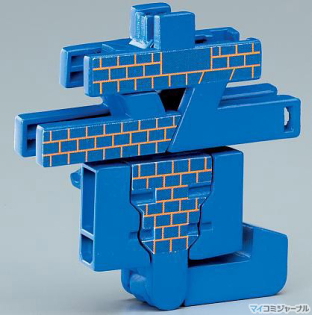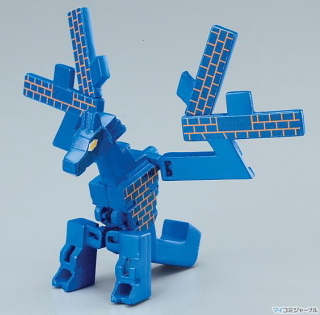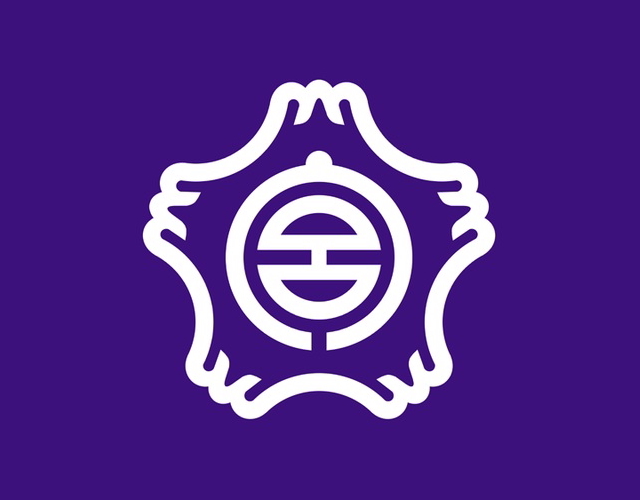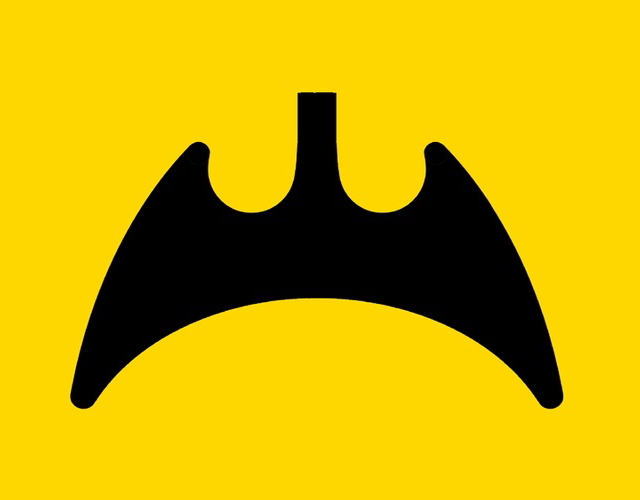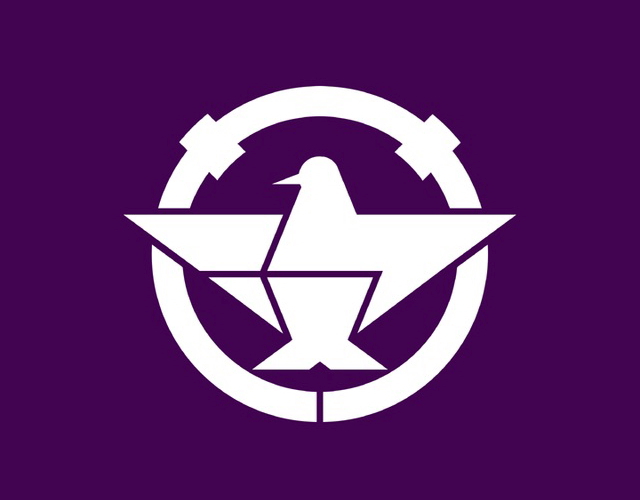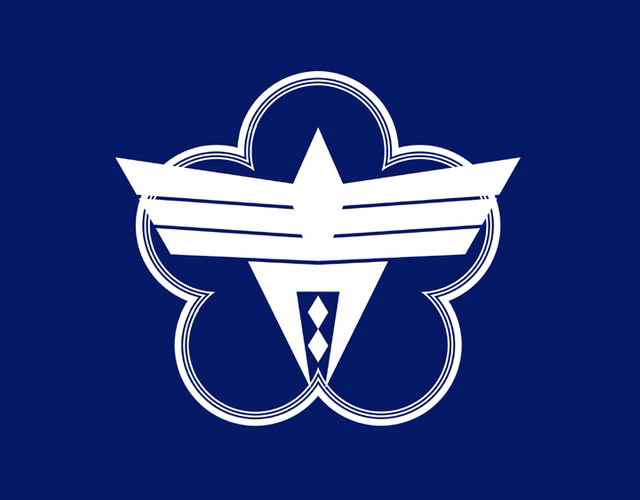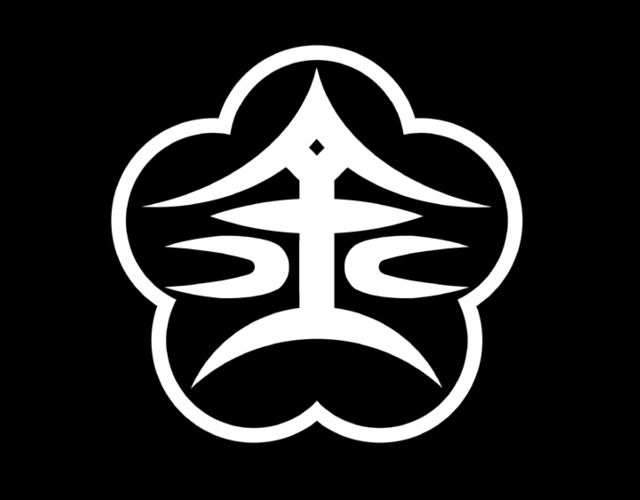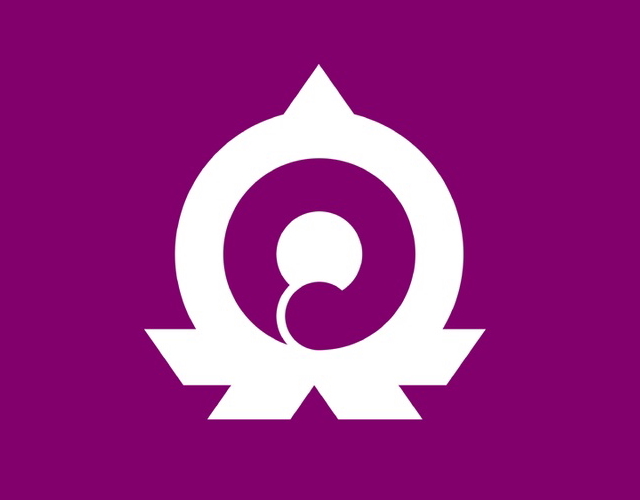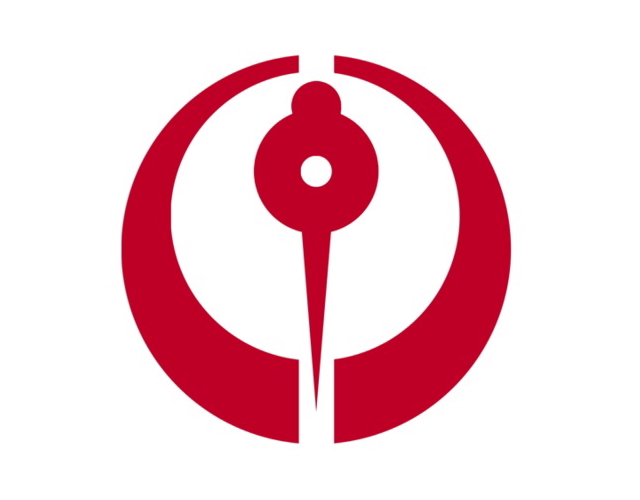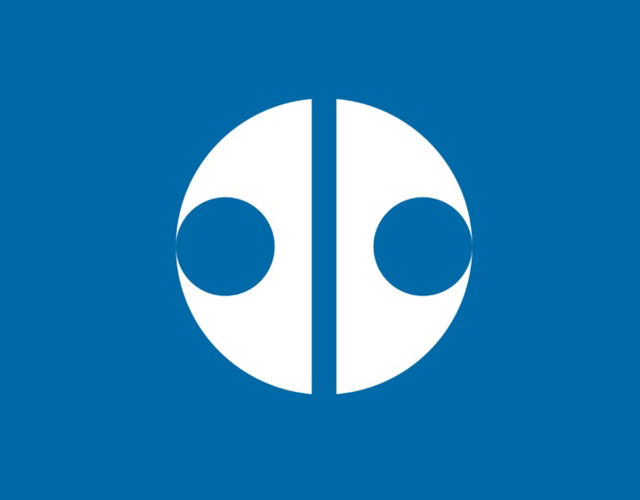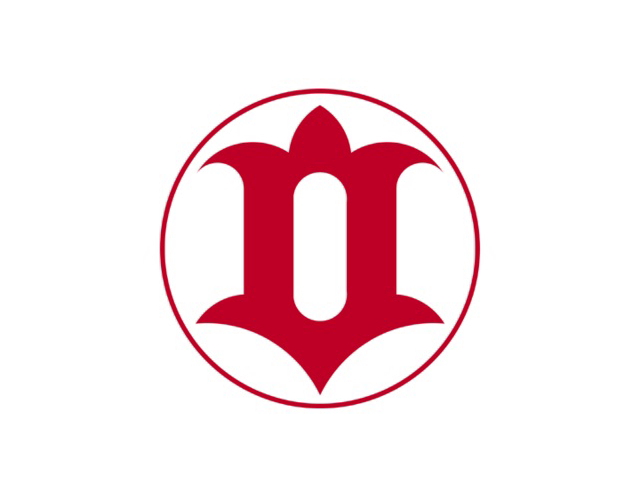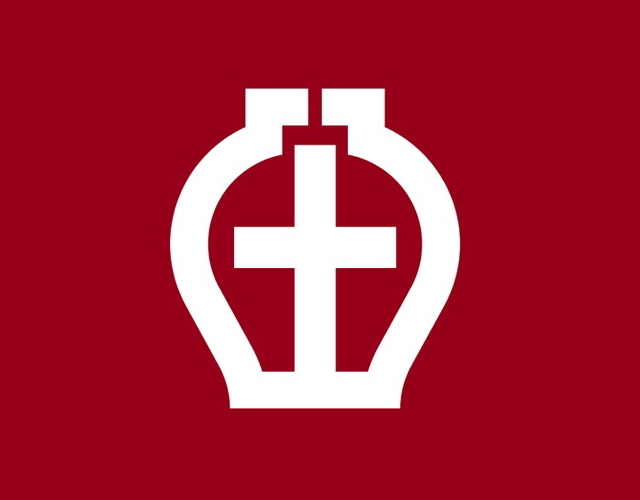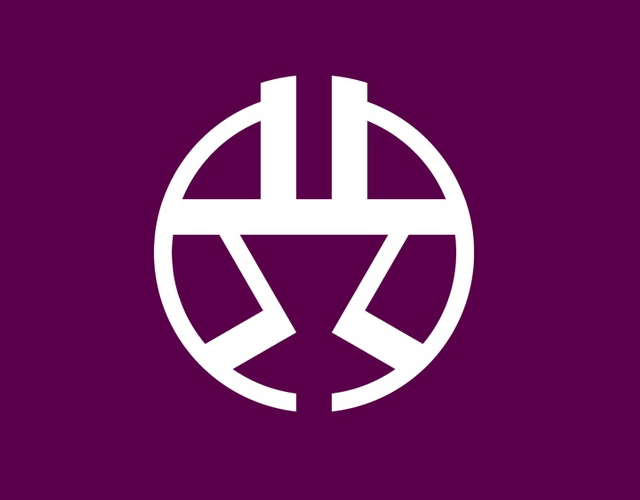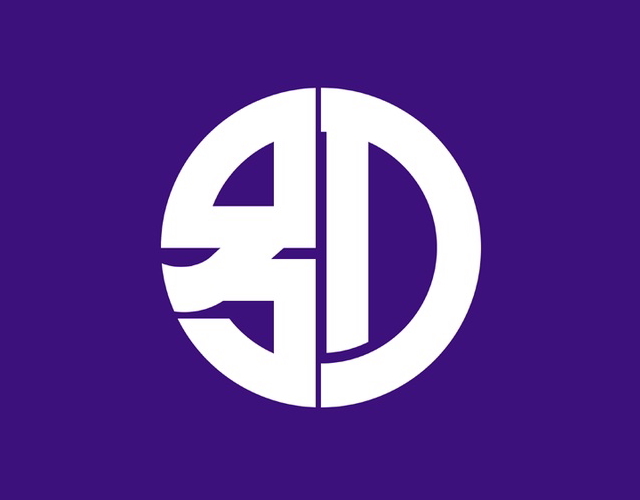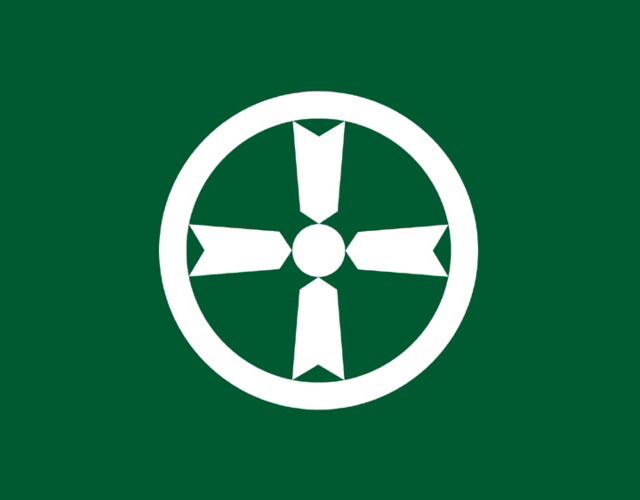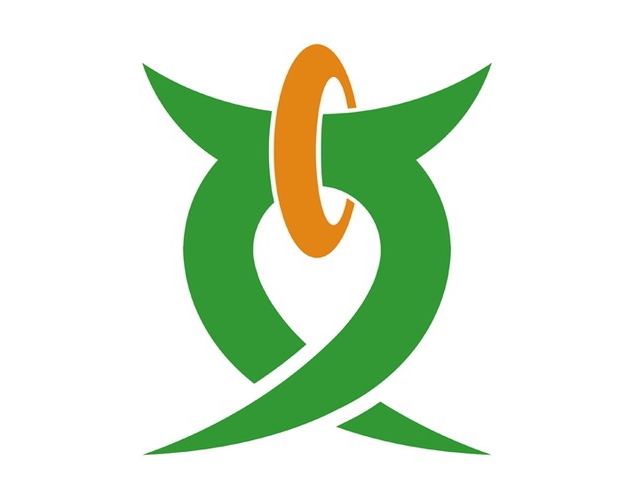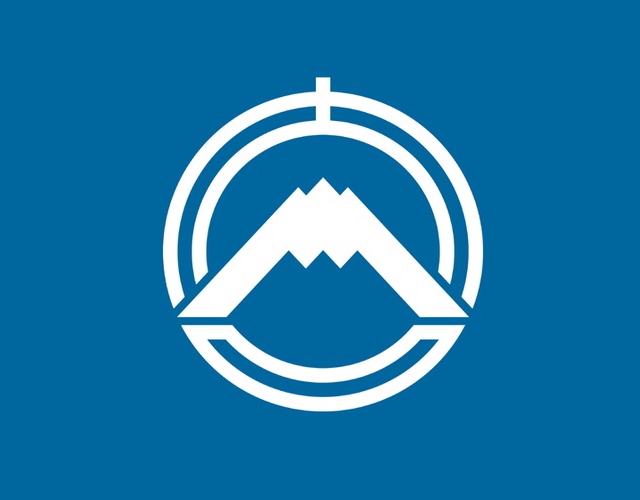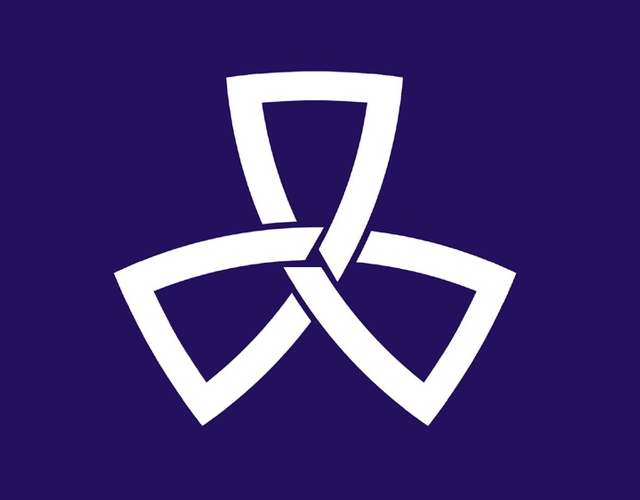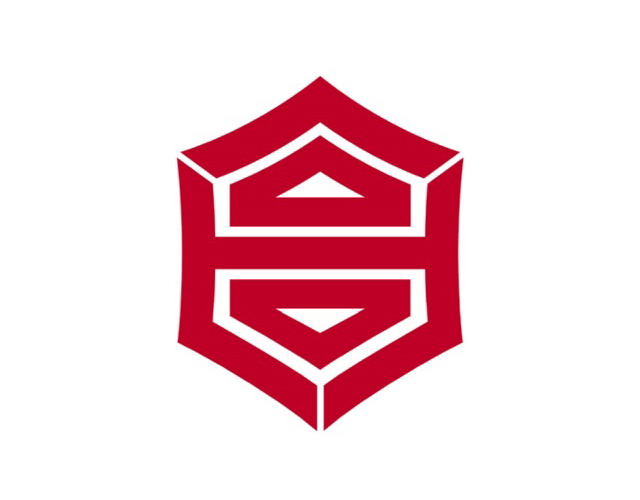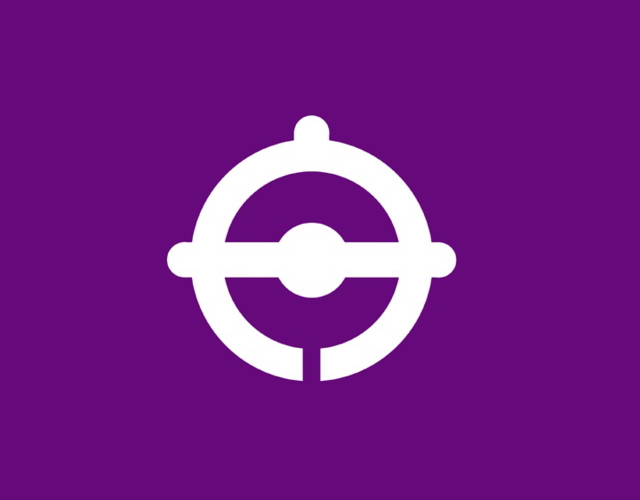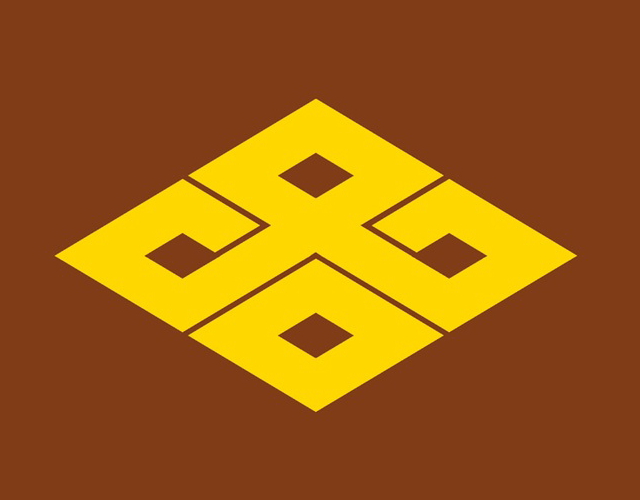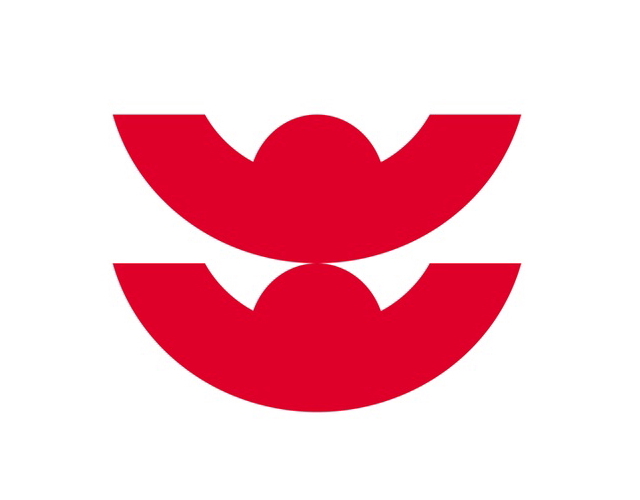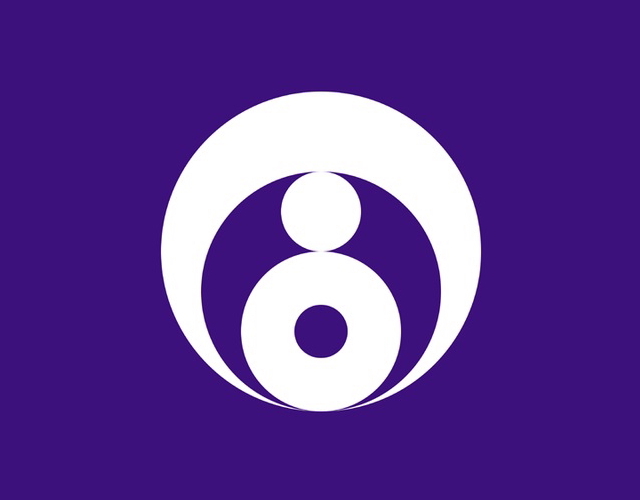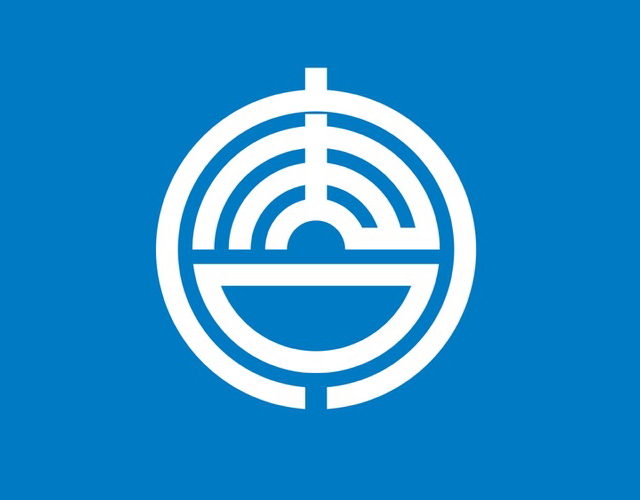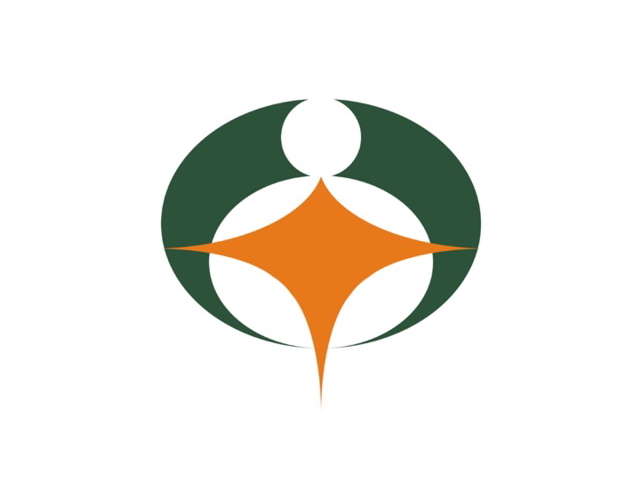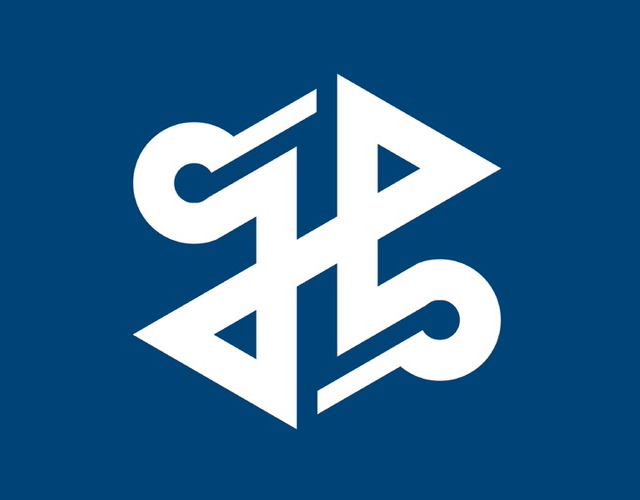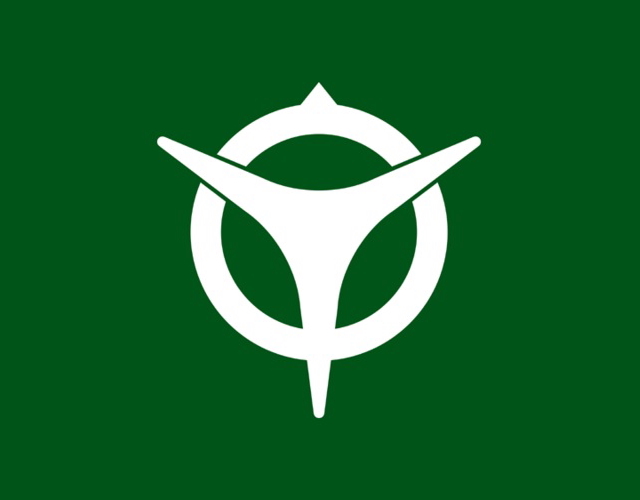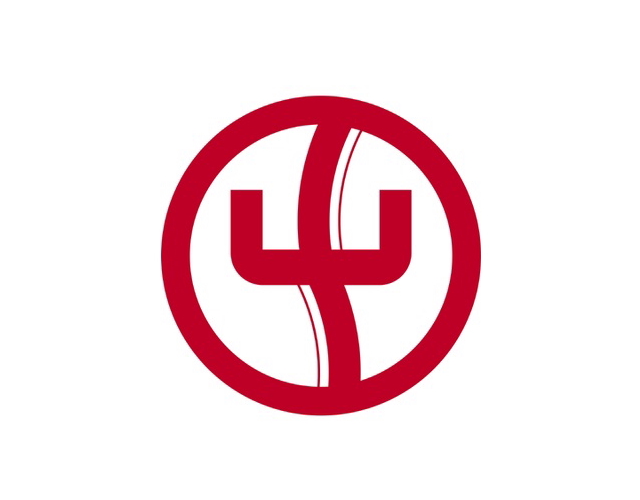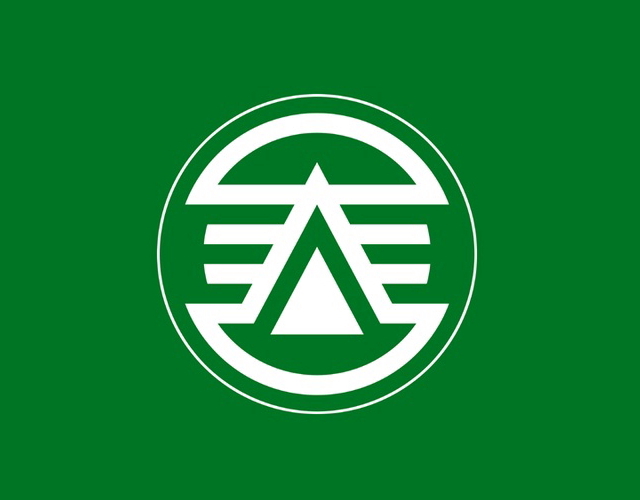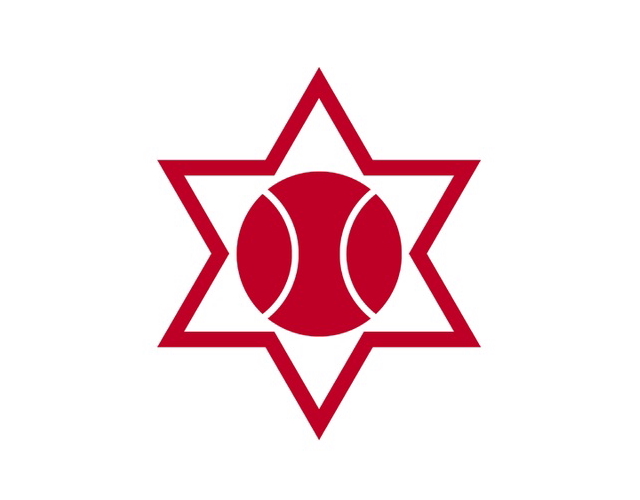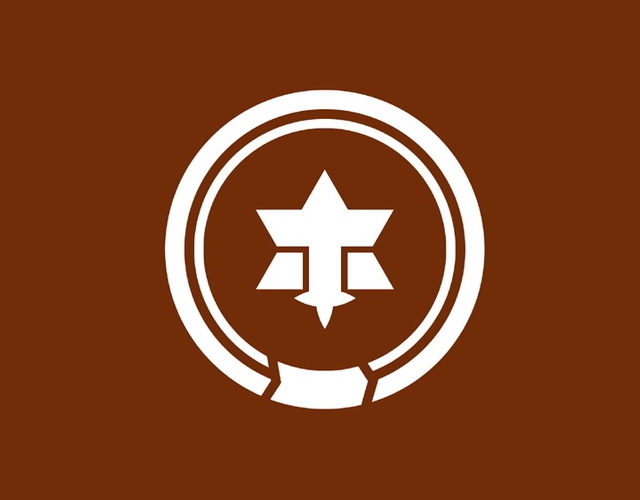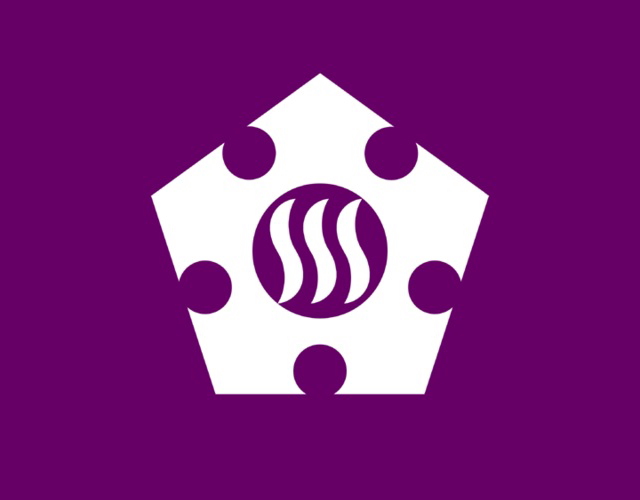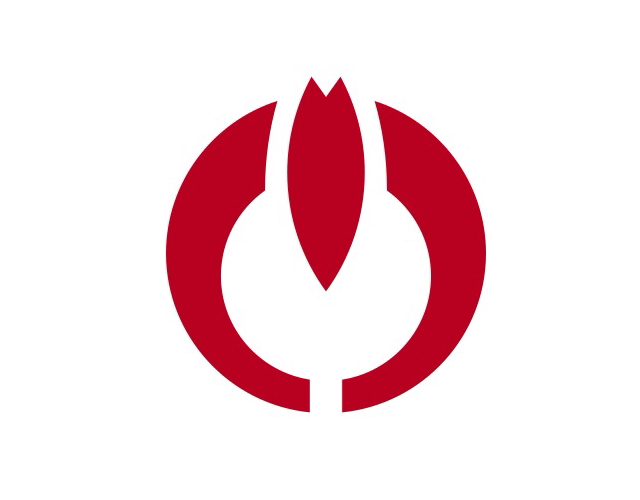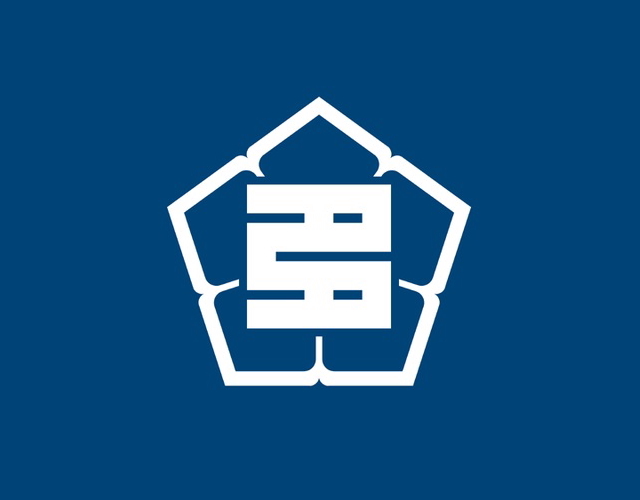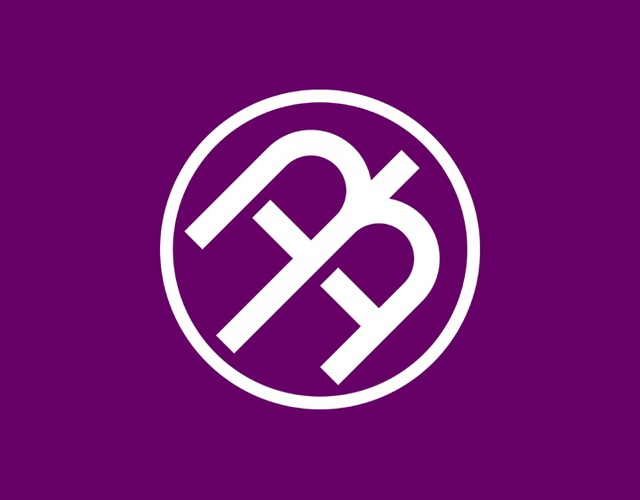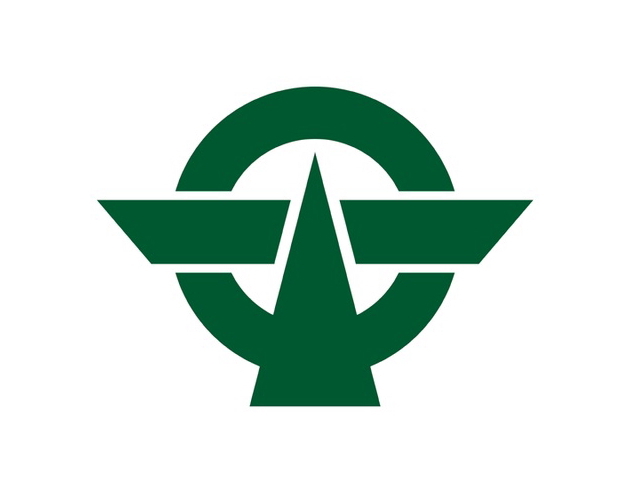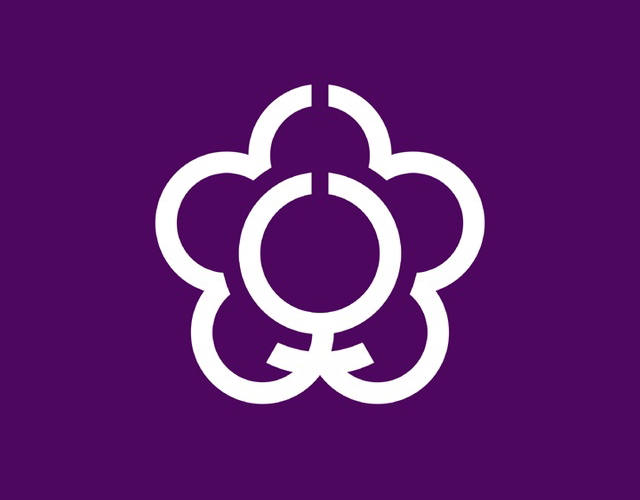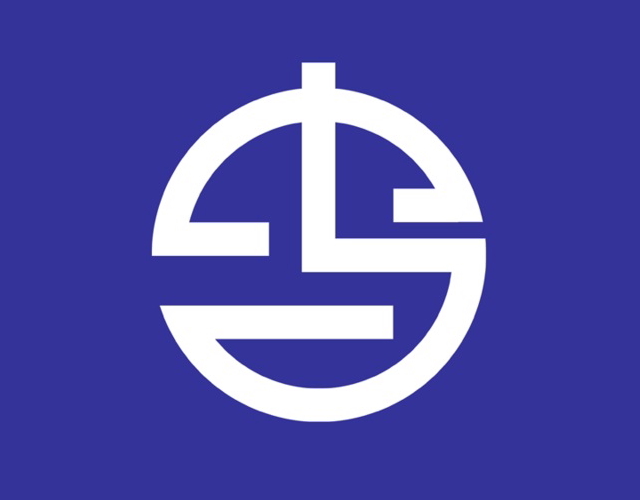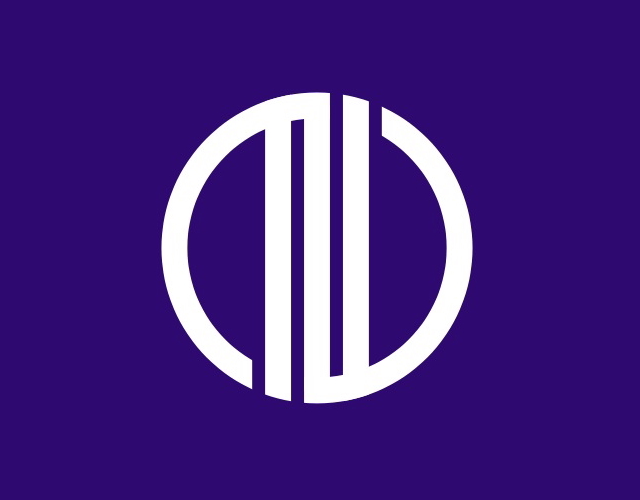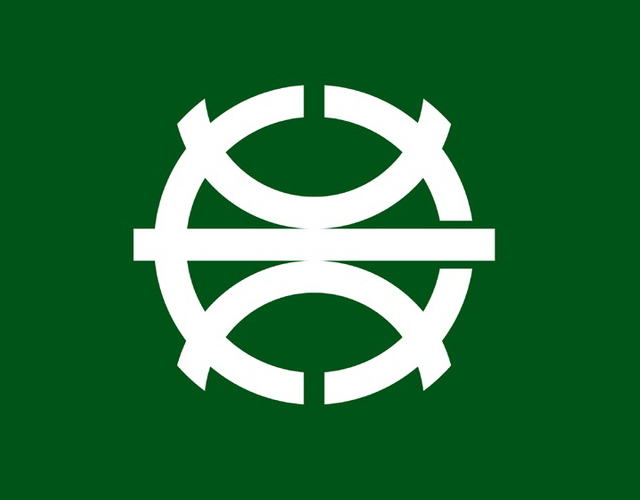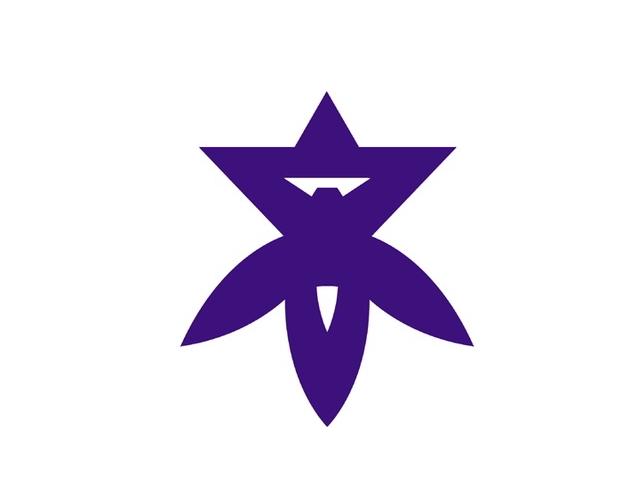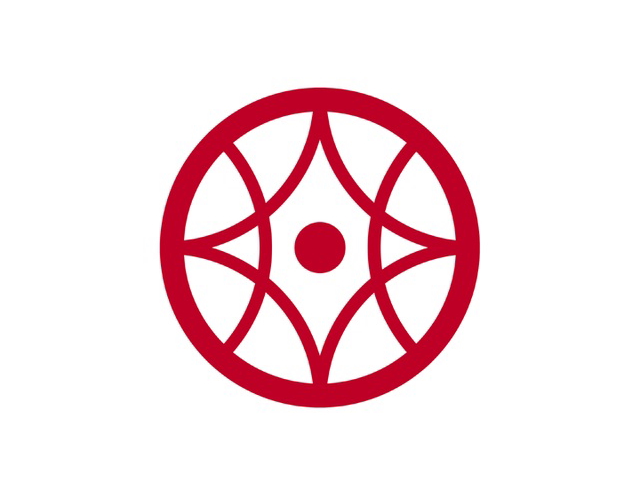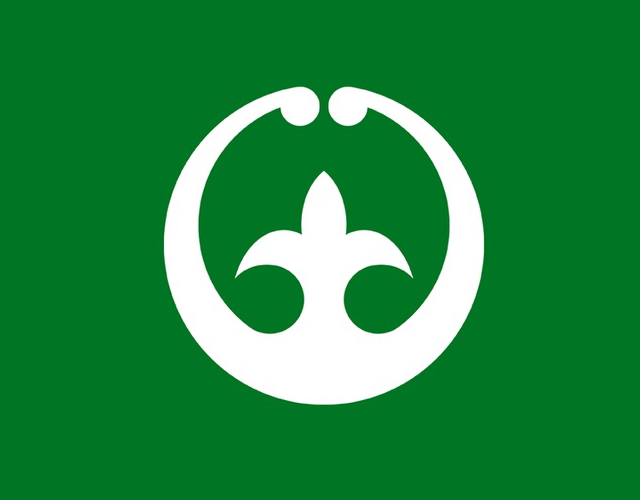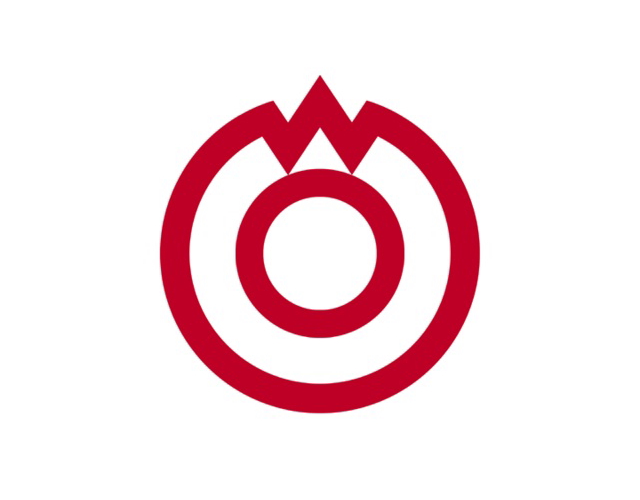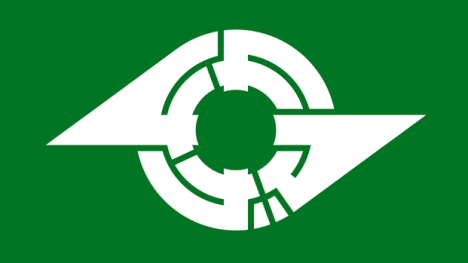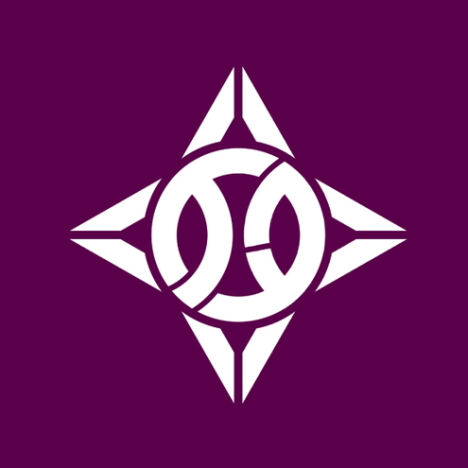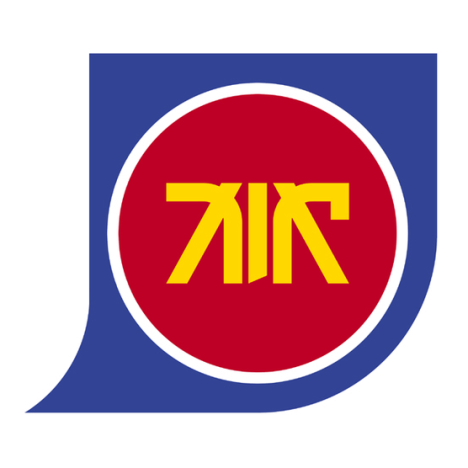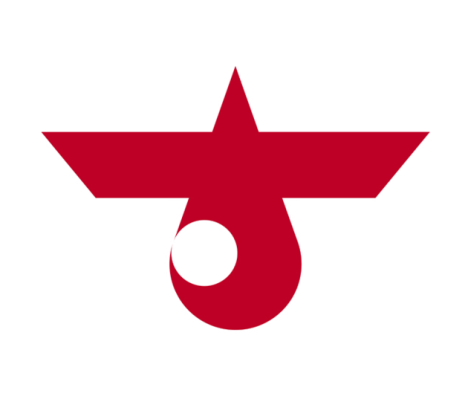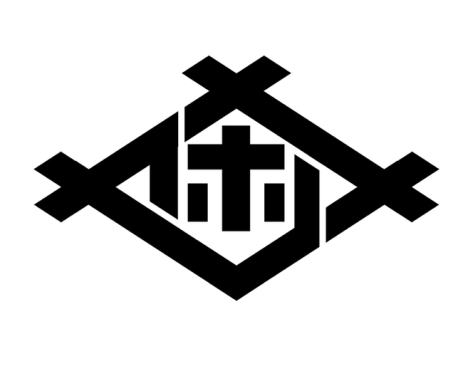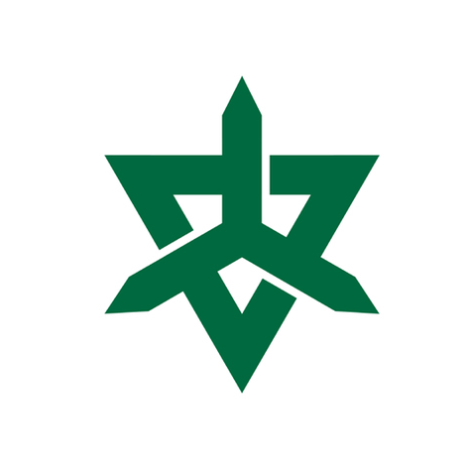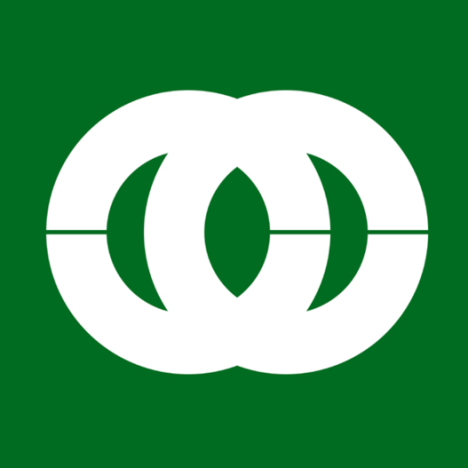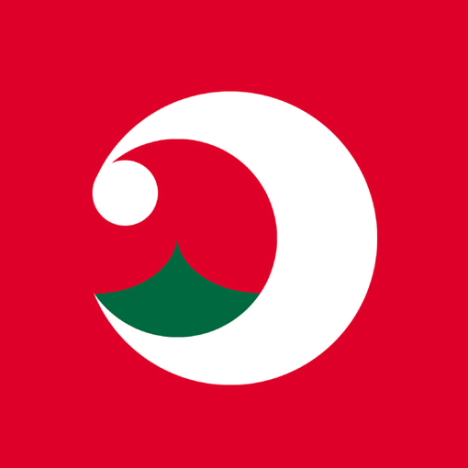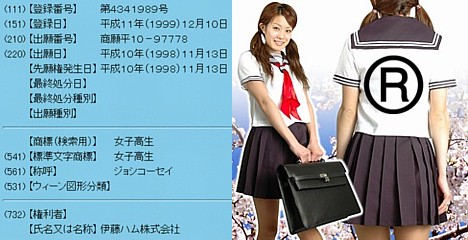Publisher Jiyu Kokuminsha has released its annual list of the 60 most popular Japanese expressions of the year. The words and phrases (listed below in random order) reflect some of the trends, political developments, events and people that captured the attention of the Japanese media in 2010. From this list, a panel of judges will select the year's 10 trendiest expressions and announce the results in early December.
* * * * *
UPDATE (Dec 1, 2010) -- Here are the top 10 most popular words/phrases of 2010:
1. Gegege no ~ (see #21 below)
2. That's a good question! (see #23 below)
3. Ikumen (see #24 below)
4. AKB48 (see #9 below)
5. Women's get-togethers (see #42 below)
6. Ozawa defectors (see #34 below)
7. Edible chili oil (see #45 below)
8. Totonoimashita! (see #22 below)
9. ~nau (see #4 below)
10. Alienated society (see #8 below)
* * * * *
1. ~zeyo! [・・ぜよ!]: One symptom of this year's widespread Ryōma Sakamoto fever is the tendency to emulate the 19th-century samurai's Tosa dialect by finishing sentences with an emphatic ~zeyo!

Sakamoto Ryōma beer
2. Elderly in name only [nabakari koureisha - 名ばかり高齢者]: This refers to the "missing elderly" problem that came to light this year in Japan. In October, the Justice Ministry announced that more than 234,000 of Japan's centenarians were missing or dead, despite being listed in government records as alive and well. Poor bookkeeping was blamed for most of the errors, but authorities discovered a number of cases where relatives were collecting pension payments on behalf of elderly residents who had died or disappeared. [More]
3. Hayabusa [はやぶさ]: The Hayabusa unmanned spacecraft developed by the Japan Aerospace Exploration Agency (JAXA) returned to Earth after a 7-year mission to collect a sample of material from the Itokawa near-Earth asteroid.
On November 16, JAXA announced that analysis of approximately 1,500 particles found in Hayabusa's sample canister proved they came from the Itokawa asteroid. [More]
4. ~nau [~なう]: Internet slang adopted by texters and social media users. This mutation of the English word "now" indicates your current location, activity, food, etc. when added to the end of a word.
5. Reality-filled [ria-juu - リア充]: This internet slang is used to describe people who lead fulfilling lives in the real world (as opposed to the virtual online world). Examples of "reality-filled" people include those who enjoy relationships with others in the real world, those who attend parties or participate in group activities, and those who pursue non-otaku interests.
6. Net game junkie [netoge haijin - ネトゲ廃人]: Netoge Haijin is the title of a non-fiction book by Osamu Ashizaki that examines the world of online game junkies with serious habits that interfere with daily life.
7. Loopy [ruupii - ルーピー]: In April, the English word "loopy" captured the fancy of the Japanese media after a Washington Post columnist used it to describe Prime Minister Yukio Hatoyama's recent behavior, particularly with respect to the issue of how to handle the future of the US Marine Corps' Futenma Air Station in Okinawa, a major sticking point between the two countries.

Loopy Hatoyama
The results of an online poll suggested that some people in Japan agreed with the criticism, and Hatoyama himself later admitted that the "loopy" characterization may have been correct. [More]
8. Alienated society [muen shakai - 無縁社会]: A reference to contemporary Japan's struggle with problems stemming from the erosion of personal and family relationships and from the growing number of single-person households.
9. AKB48: The 48-member Akihabara-based female idol group enjoyed their most successful year since forming in 2005.
10. K-pop: Korean pop music reached new heights of popularity in Japan this year.

K-pop big in Japan: Girls' Generation [Shōjo Jidai - 少女時代]
11. Irritable Kan/Useless Kan/(Fill-in-the-blank) Kan [ira Kan/dame Kan/...Kan - イラ菅/ダメ菅/○○菅]: A variety of adjectives have been used to describe Prime Minister Naoto Kan's policies and personality.
12. A society with minimum unhappiness [saishou fukou shakai - 最小不幸社会]: Shortly after assuming office in June, Prime Minister Naoto Kan announced his aims to rebuild Japan and create a society where unhappiness is kept to a minimum. The number one goal of politics, according to Kan, is to minimize the factors that make people unhappy.
13. Domestic opposition [kateinai yatou - 家庭内野党]: Prime Minister Naoto Kan has described his wife Nobuko as the "domestic opposition." As Kan's harshest critic, she reportedly clashes with her husband over everything from household chores to tax reform.
14. Support Jiro Shirato [Shirato Jiro mo yoroshiku - 白戸次郎もよろしく]: During the parliamentary upper house elections in July, mobile phone operator SoftBank ran a series of TV ads featuring the company's mascot dog, Shirato Jiro, as a candidate.
15. Galapagos (gala-kei) [ガラパゴス(ガラケー)]: Galapagos refers to the unique evolution of Japanese mobile phone technology and its increasing isolation from the rest of the world. Gala-kei, short for "Galapagos keitai," describes Japanese mobile phones.
16. iPad: Japan loves the iPad.
17. 3D: Despite the hype surrounding 3D TV, sales got off to a slow start this year and the availability of 3D content remains low. [More]
18. Is 2nd place not good enough? [nii ja dame nan desu ka - 2位じゃダメなんですか]: Late last year, members of a budget review panel tasked with cutting government waste famously questioned the need to spend money on a planned supercomputer that was destined to be the world's fastest. Budget cuts recommended for science projects caused an uproar among some Japanese researchers.
19. Cross couplings [(クロス)カップリング]: The 2010 Nobel Prize in Chemistry was awarded jointly to Richard Heck, Eiichi Negishi and Akira Suzuki for palladium-catalyzed cross couplings in organic synthesis.
20. Wide open leak [dada-more - ダダ漏れ]: This expression typically refers to large-scale leaks of confidential data, but it has recently come to include the unsanctioned streaming of live events, press conferences, etc. via video broadcasting services such as Ustream.
21. Gegege no~ [ゲゲゲの~]: Interest in the classic GeGeGe no Kitaro manga/anime series has been rekindled by the success of the NHK drama "Gegege no Nyobo" (Wife of GeGeGe), which chronicles the early life of manga artist Shigeru Mizuki and his wife Nunoe Mura before Mizuki became successful (based on Nunoe Mura's 2008 autobiography).
22. I've got one! [totonoimashita - ととのいました]: Catch phrase used by Nezzuchi (half of the popular Daburu Koron manzai comedy duo) before introducing a nazokake word-play riddle into the routine. [More]
23. That's a good question! [ii shitsumon desu ne! - いい質問ですねえ!]: Freelance TV journalist Akira Ikegami often uses this expression in response to questions posed by celebrity guests on his popular Ikegami Akira no Manaberu News show. Ikegami has a knack for explaining complex and technical issues in layman's terms.
24. Ikumen [イクメン]: Ikumen are fathers who take a proactive role in child-rearing, a phenomenon that appears to be on the rise in Japan.
25. Doya face [doya-gao - どや顔]: A smug look of triumph that says: "How about that!" (Doya!)


Doya!
26. Bike conscious life [バイクコンシャスライフ]: A healthy, eco-friendly lifestyle that embraces the bicycle as a mode of transportation.
27. Why only one step at a time? [nan de ichidan ichidan nan darou - なんで一段一段なんだろう]: In a tearful interview after placing 4th in the women's freestyle moguls at the Vancouver Olympics, skier Aiko Uemura expressed frustration at her slow-but-steady progress over the years. She placed 7th at the Nagano Olympics in 1998, 6th place at Salt Lake City in 2002, and 5th place at Torino in 2006.
28. Yama girl [yama gaaru - 山ガール]: Yama girl ("mountain girl") refers to a new breed of fashion-conscious outdoor women who wear cute yet functional mountain skirts, colorful leggings and stylish boots while hiking, camping and communing with nature.



Yama girls
29. Power spot [pawaa supotto - パワースポット]: A natural, man-made, historic or religious place believed to possess spiritual powers that bring energy, health and luck to visitors.

Mt. Fuji, Japan's most famous power spot
30. 33-man miracle [33-nin no kiseki - 33人の奇跡]: This refers to the 33 Chilean miners rescued from the collapsed San Jose mine in October.
31. Phoenix [fenikkusu - フェニックス]: The rescue capsule used to retrieve the 33 trapped Chilean miners from the San Jose mine.
32. Moshi-dora [もしドラ]: Moshi-dora is the abbreviated title of a popular novel by Natsumi Iwasaki that introduces the ideas of Austrian-American management scholar Peter Drucker. The full title is "If A Female High School Baseball Team Manager Read Drucker's 'Management'…" (Moshi koukou-yakyuu no joshi maneejaa ga Dorakaa no 'Management' o yondara - もし高校野球の女子マネージャーがドラッカーの「マネジメント」を読んだら).

Moshi-dora
NHK is scheduled to air an animated series based on the novel next March. [More]
33. Homeopathy [homeopashii - ホメオパシー]: Japan has seen a recent rise in the use of homeopathy -- a form of alternative medicine which makes use of highly diluted preparations derived from plants, animals and minerals -- but not without controversy. Top scientists have slammed homeopathy as "absurd," urging health practitioners to avoid the alternative treatment as it becomes more popular. [More]
34. Ozawa defectors/Pro-Ozawa/Anti-Ozawa [datsu-Ozawa/shin-Ozawa/han-Ozawa - 脱小沢/親小沢/反小沢]: Divisions formed within the Democratic Party of Japan based on the level of support for political heavyweight Ichiro Ozawa.

Ozawa, the puppet master
35. Destroyer [kowashiya - 壊し屋]: Nickname given to Ozawa for his tough image and habit of splitting up parties.
36. Strong arm [gouwan - 剛腕]: A reference to Ozawa's strong-arm tactics.
37. Foot soldier [ippeisotsu - 一兵卒]: After Ozawa lost the Democratic Party of Japan's (DPJ) leadership election to Prime Minister Naoto Kan in September, he announced his intentions to fade away and become a common "foot soldier" for the party.
38. Moteki [モテキ]: Mitsurō Kubo's Moteki manga tells the story of a previously unlucky-in-love male temp worker who suddenly finds himself in a moteki (a period of time in which one is found attractive to the opposite sex).

Moteki
The manga was adapted as a 12-episode live-action TV series on TV Tokyo.
39. Committee for the Inquest of Prosecution [kensatsu shinsakai - 検察審査会]: Committees for the Inquest of Prosecution are independent, 11-member judicial bodies tasked with reviewing whether cases dropped by prosecutors should have resulted in an indictment. The goal is to ensure that the decisions are accurate and represent the will of the public. In the past year, these committees have grown more powerful due to revised laws that make their decisions legally binding (previously their rulings were treated merely as recommendations to prosecutors). [More]
40. Transparency [mieruka (kashika) - 見える化(可視化)]: This refers to the move toward greater openness, communication, and accountability in business and government.
41. Agenda [ajenda - アジェンダ]: The English word "agenda" (political agenda) was a popular buzzword during the parliamentary upper house elections in July.
42. Women's get-togethers [joshikai - 女子会]: The growing popularity of all-female social gatherings, called joshikai, has prompted many restaurants, hotels and travel agencies to offer special package deals for women-only groups.

Joshikai
43. Are they trying to wreck the national sport? [kokugi o tsubusu ki ka - 国技を潰す気か]: Hakuhō, sumo's lone yokozuna, voiced disappointment over the Japan Sumo Association's decision not to present the winner of the July Nagoya Grand Sumo Tournament with any awards, including the coveted Emperor's Cup, because of the baseball gambling scandal that rocked the ancient sport.
44. Intense heat [kokusho - 酷暑]: Soaring temperatures this summer -- the hottest ever recorded in Japan -- sent more than 46,000 people to the hospital and resulted in 150 heat-related deaths.
45. Edible chili oil [taberu ra-yu - 食べるラー油]: This versatile, spicy sauce made with ra-yu (Chinese chili oil) and assorted condiments and chopped vegetables (onions, garlic, etc.) has taken kitchens and restaurants by storm.


Edible ra-yu
46. Final preparations [shuukatsu - 終活]: This word, which appears to have been coined by Shukan Asahi magazine late last year, refers to the preparations one makes in the final days of life (securing a grave site, making funeral service arrangements, etc.). The popularity of books and magazines devoted to this topic appears to be on the rise.
47. Life conference [ikimono no kaigi - 生きもの会議]: The nickname for the 10th Conference of the Parties (COP10) to the Convention on Biological Diversity (CBD) held in Nagoya in October.
48. Biodiversity [seibutsu tayousei - 生物多様性]: The COP10 conference brought the discussion of biological diversity to Japan.
49. Golkon [gorukon - ゴルコン]: A golkon is a group blind date (gōkon) in which the participants play a round of golf.

Golkon
50. Waiting elderly [taiki roujin - 待機老人]: The "waiting elderly" are the 400,000 or so people on waiting lists to enter special care nursing homes (according to 2009 estimates). The inability to meet demand appears to be the result of government cutbacks in social welfare, despite the graying population. [More]
51. Tokyo Sky Tree [Tōkyō Sukai Tsurī - 東京スカイツリー]: Tokyo Sky Tree -- a broadcasting, restaurant, and observation tower under construction Tokyo's Sumida ward -- will stand 634 meters (2,080 ft) tall when completed in late 2011, making it the tallest artificial structure in Japan.
52. Pension parasites [nenkin parasaito - 年金パラサイト]: Pension parasites are dependent adult children who live off their parents' pensions. There has reportedly been an increase in the number of households where an aging parent in need of nursing care is not moved into a care facility because the dependent adult child is afraid of losing his or her primary source of income. [More]
53. Shopping refugees [kaimono nanmin - 買い物難民]: Shopping refugees are people who live in economically depressed rural or suburban areas where shops and shopping streets are going out of business, often due to competition from large chain stores in neighboring areas.

Abandoned shopping street
54. I've got it [motteru - もってる]: In an interview after scoring the winning goal against Cameroon at the World Cup on June 14, soccer player Keisuke Honda expressed confidence in his mojo, saying, "I've got it."
55. Honda△ (Honda's cool) [Honda△ (Honda-san kakkee) - 本田△(ほんださんかっけー)]: This play on two similar-sounding expressions -- Honda-sankaku ("Honda triangle") and Honda-san kakkee ("Honda is cool") -- popped up on internet bulletin boards during the World Cup as a show of affection for star player Keisuke Honda.
56. Round of 16 [(W杯)ベスト16]: Japan's national soccer team advanced to the Round of 16 for the second time ever.
57. Vuvuzela [bubuzera - ブブゼラ]: Zzz zzzzz zzzzzzz z zzzzz zz zzz zzzzz.

Vuvuzela
58. Sorry, Oka-chan [Oka-chan, gomen ne - 岡ちゃん、ごめんね]: Japan's national soccer team coach Takeshi Okada took a beating from fans and the media for the team's poor performance prior to the World Cup, but after the team advanced to the Round of 16, the internet was flooded with apologies.
59. Paul-kun [Pauru-kun - パウル君]: Paul the Octopus was known as Paul-kun in Japan. [More]

Paul-kun (January 2008 - October 26, 2010)
60. Danshari [断捨離]: Danshari -- a self-help philosophy developed by author Hideko Yamashita -- is based on the idea of reducing physical clutter (as well as the emotional baggage that builds up with the accumulation of unnecessary things). Adherence to the core danshari concepts of refusal (dan - 断), disposal (sha - 捨) and separation (ri - 離) can lead to a more simple, fulfilling and productive life. [More]

